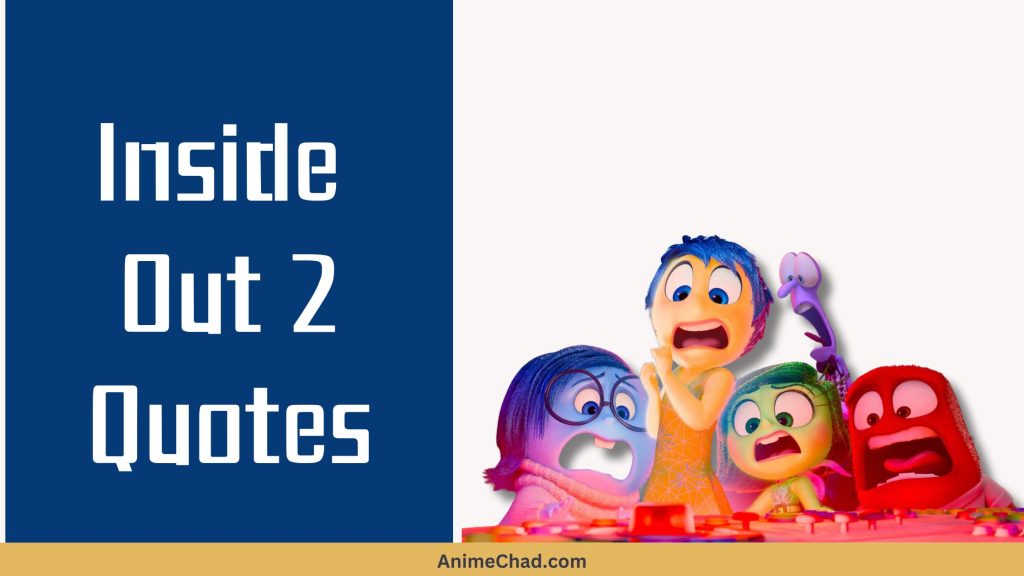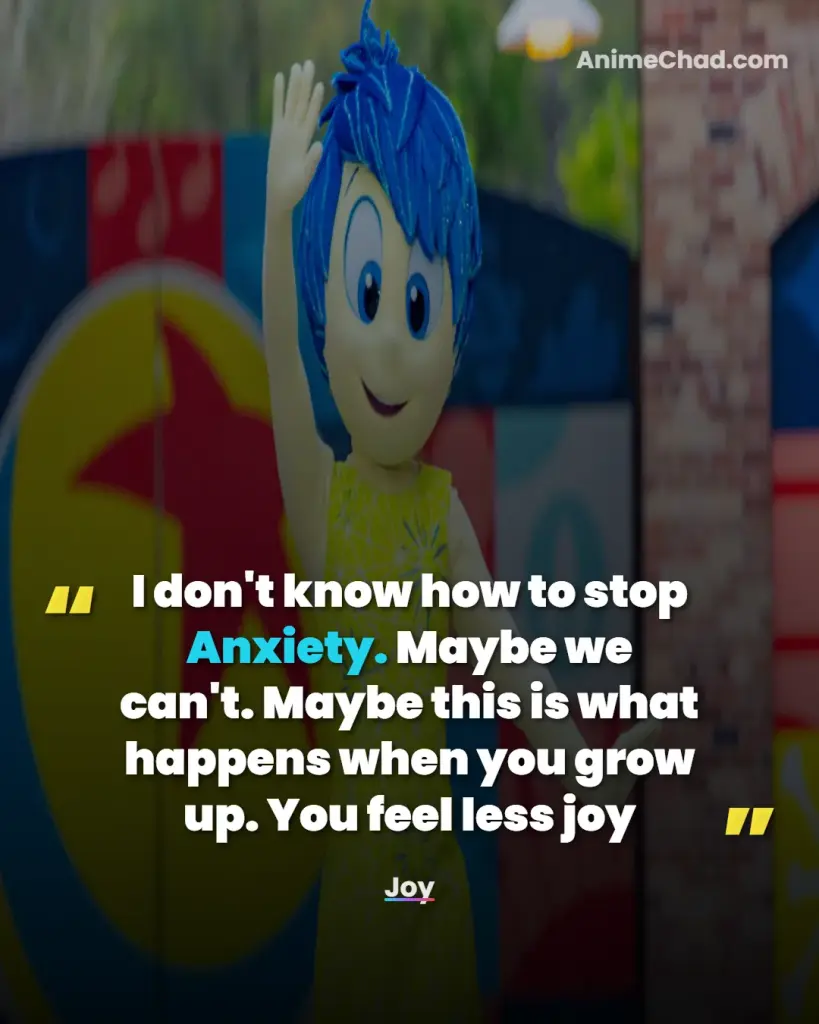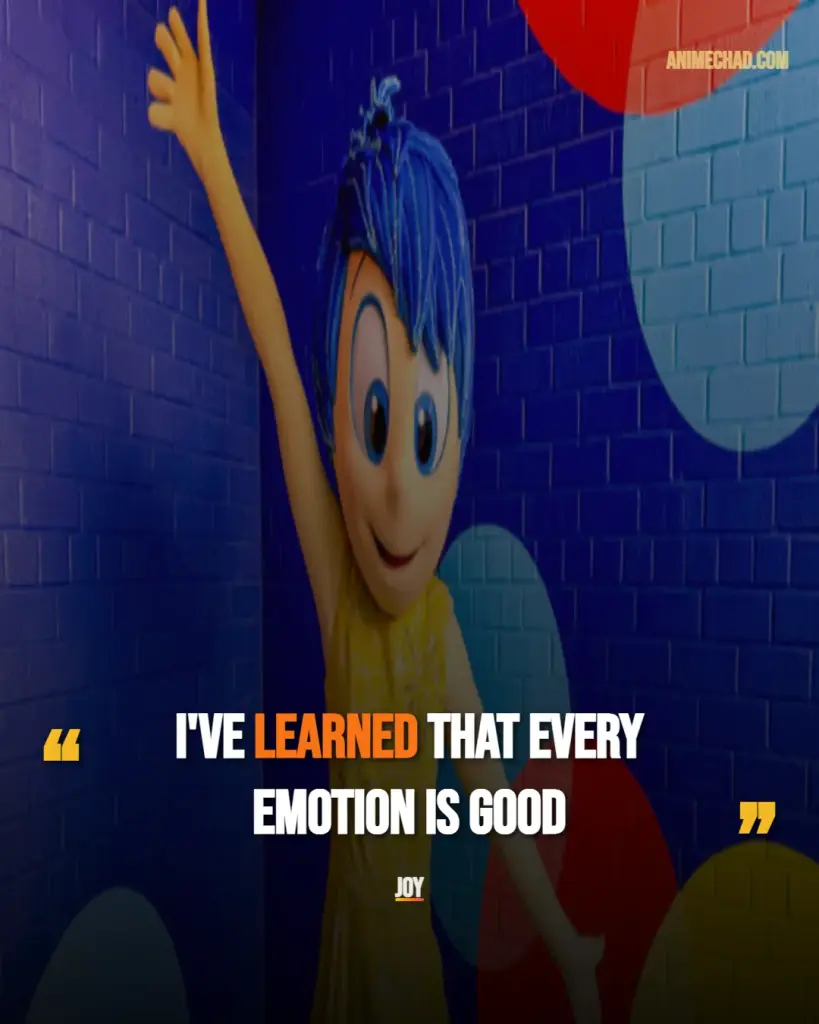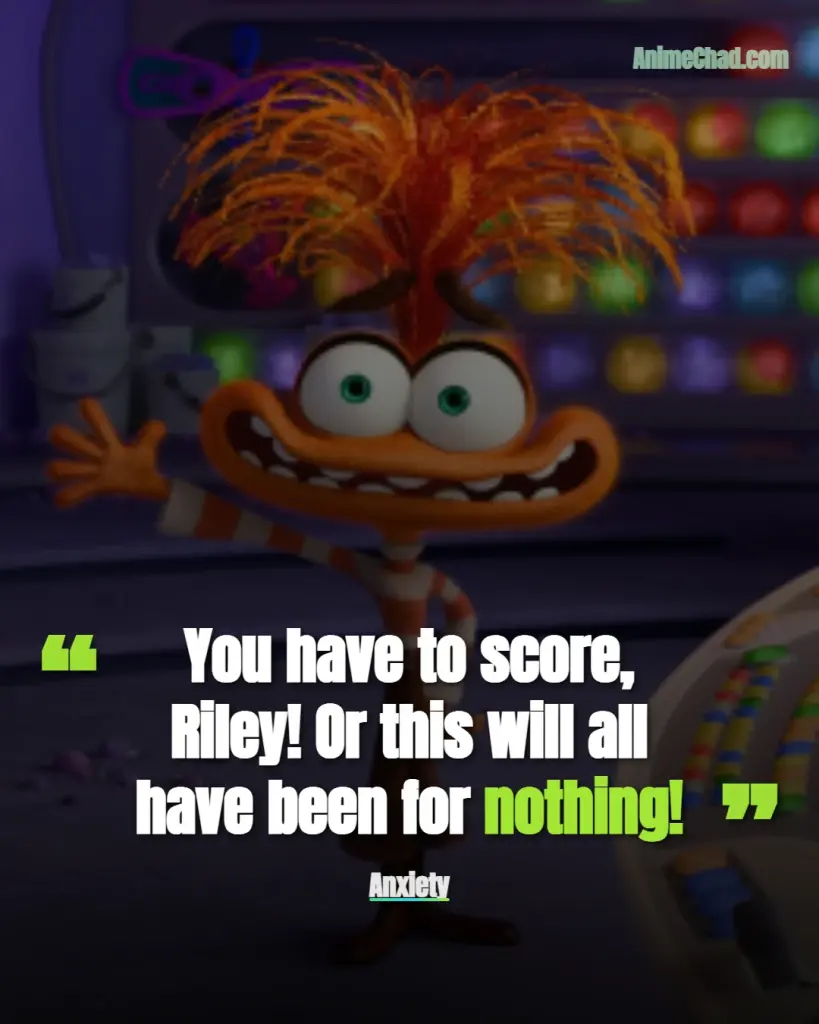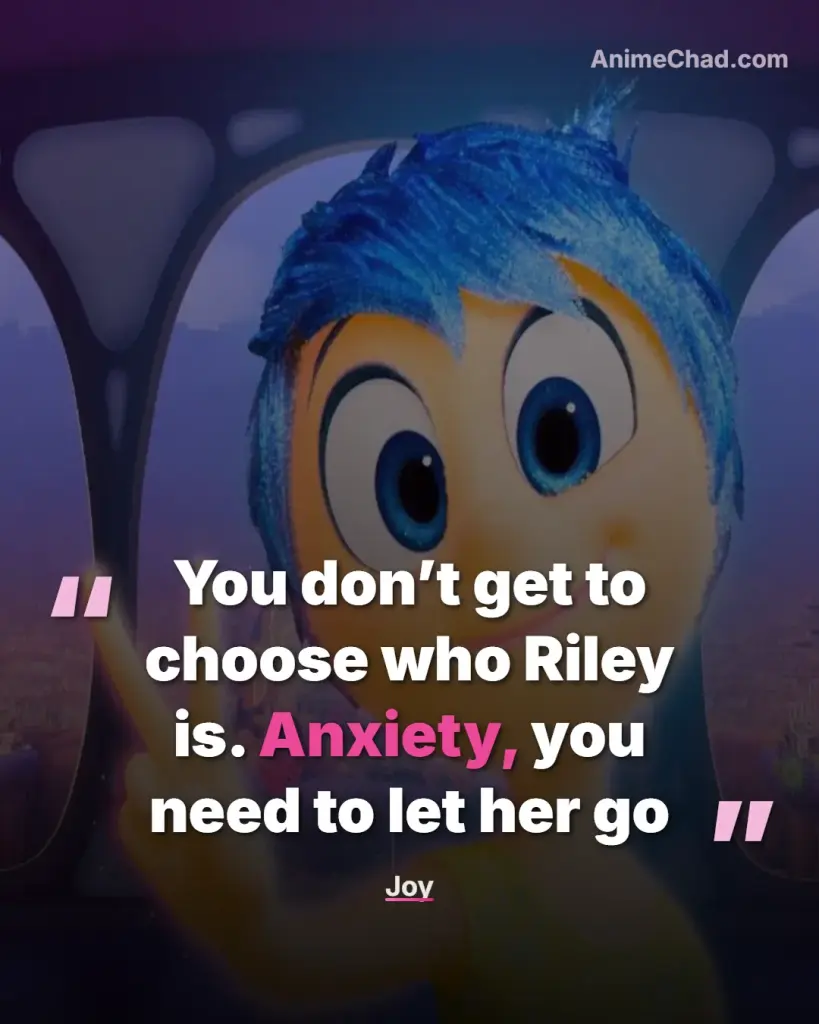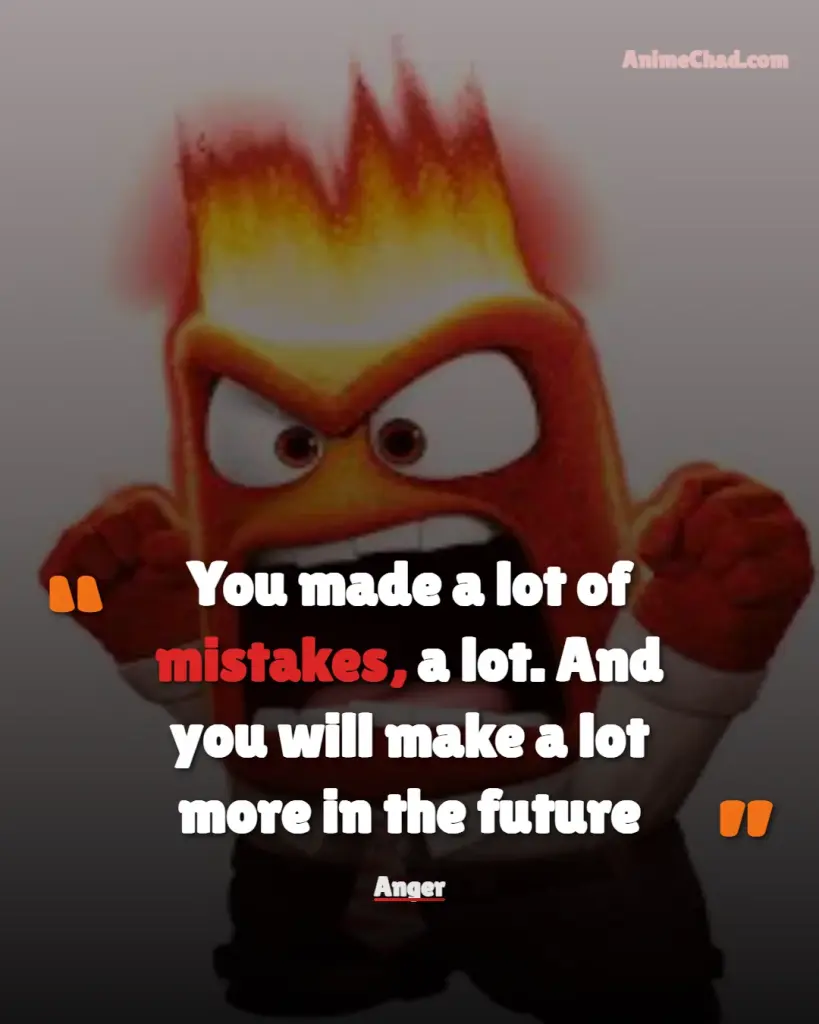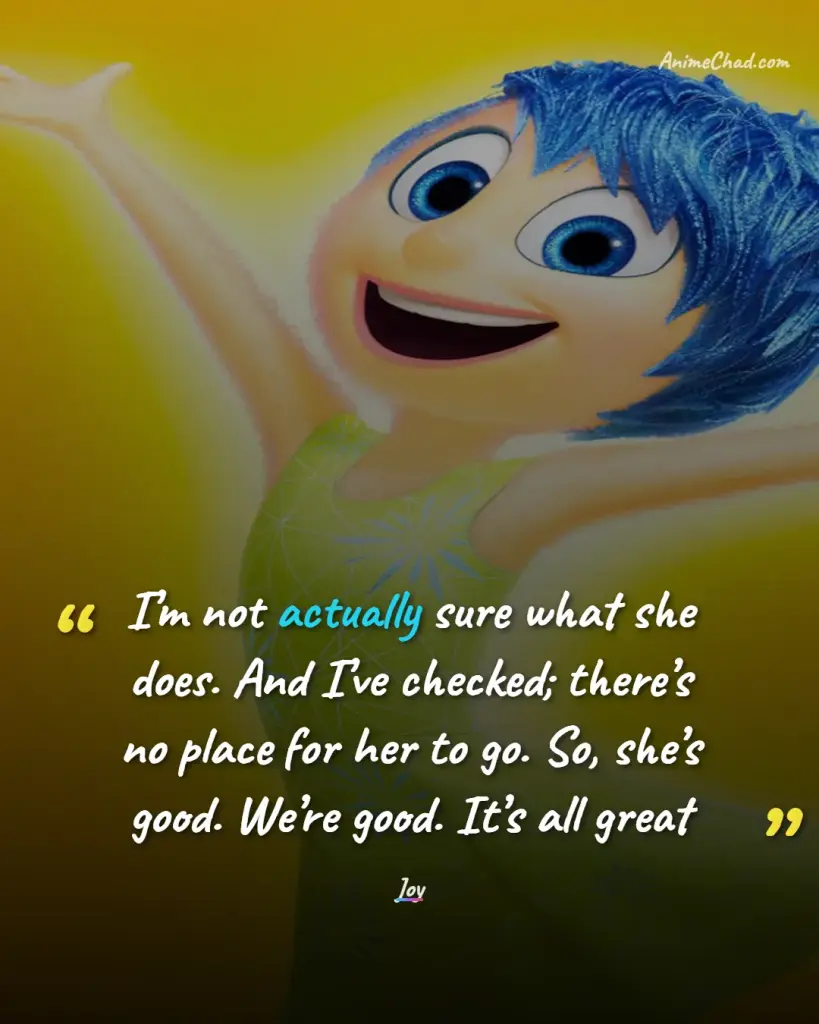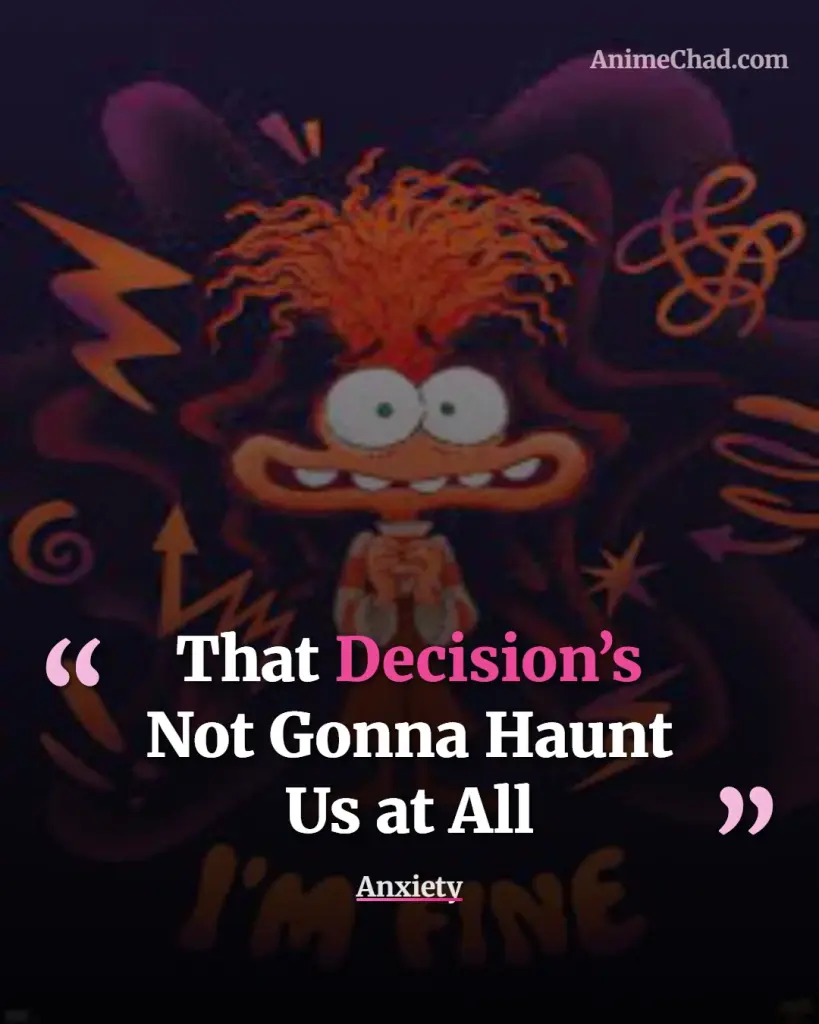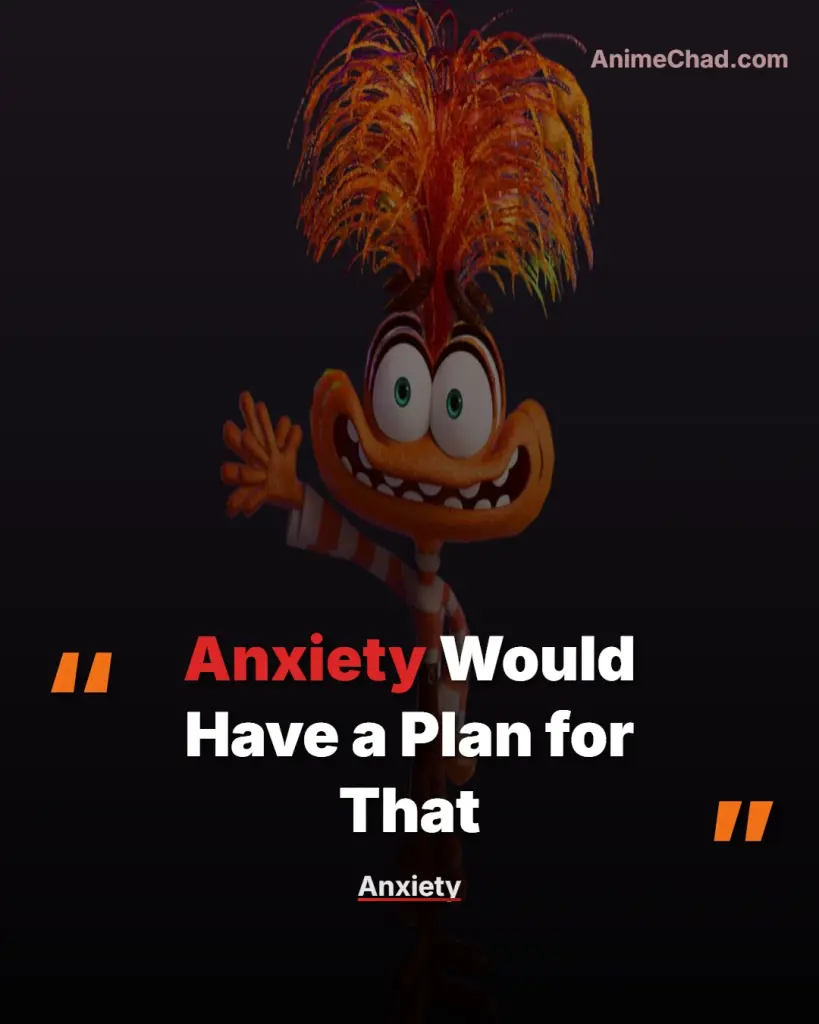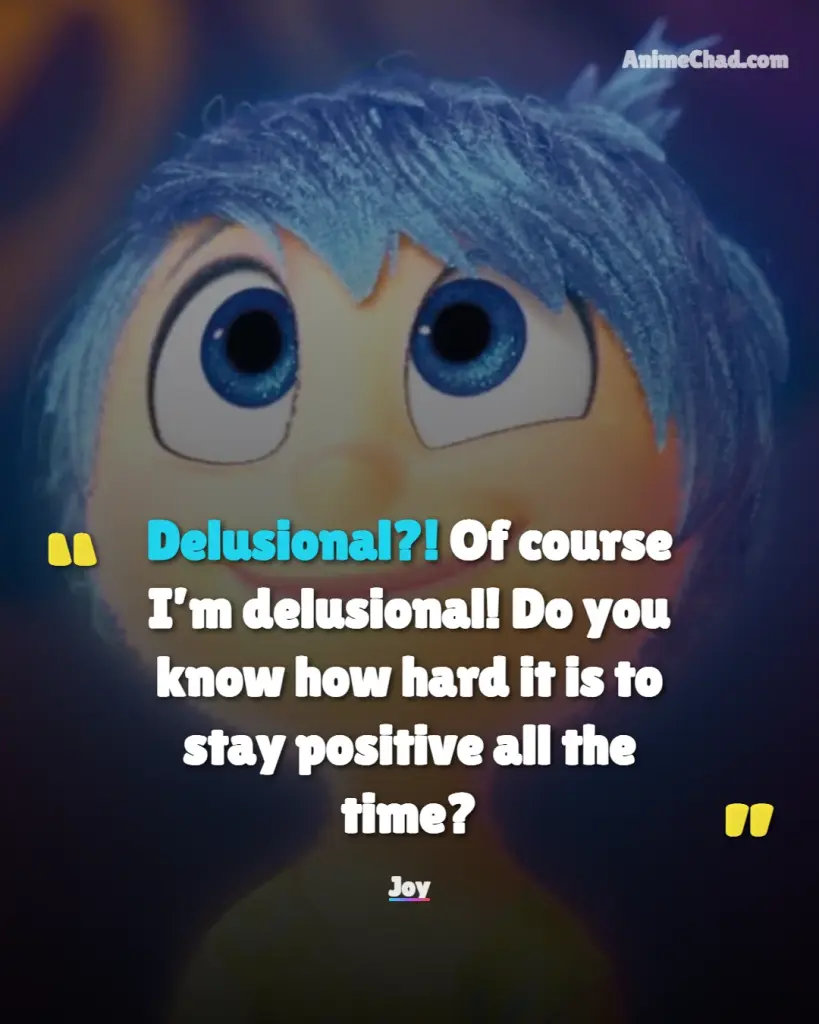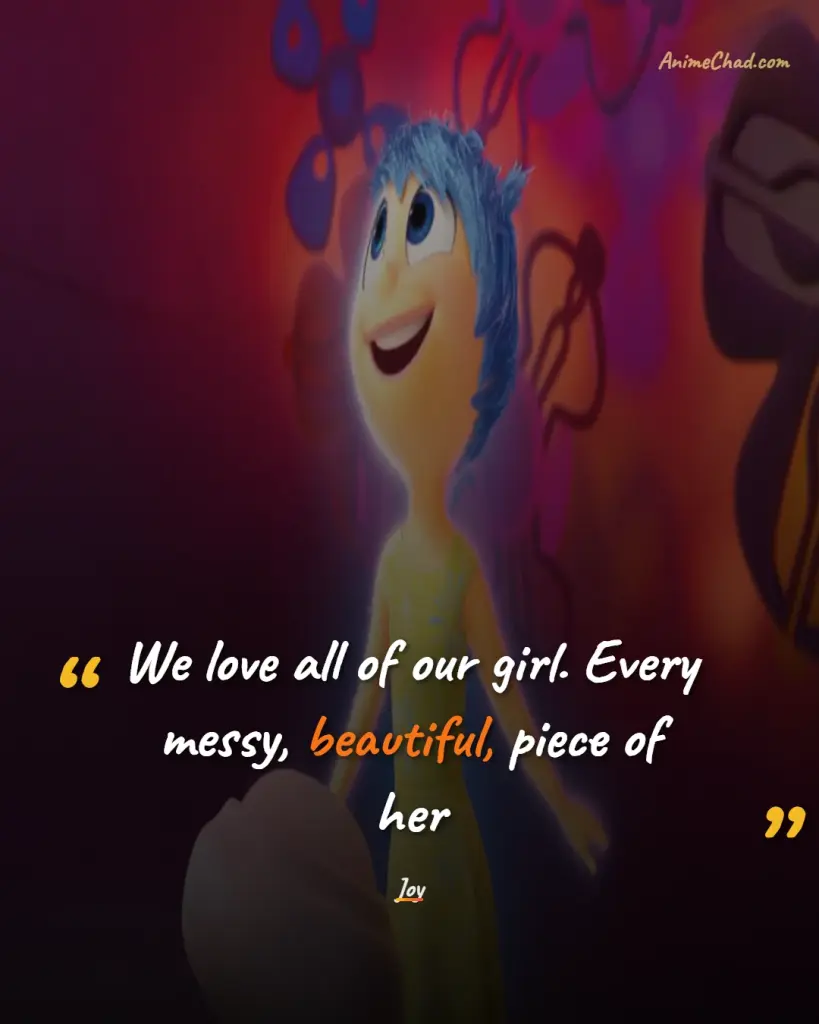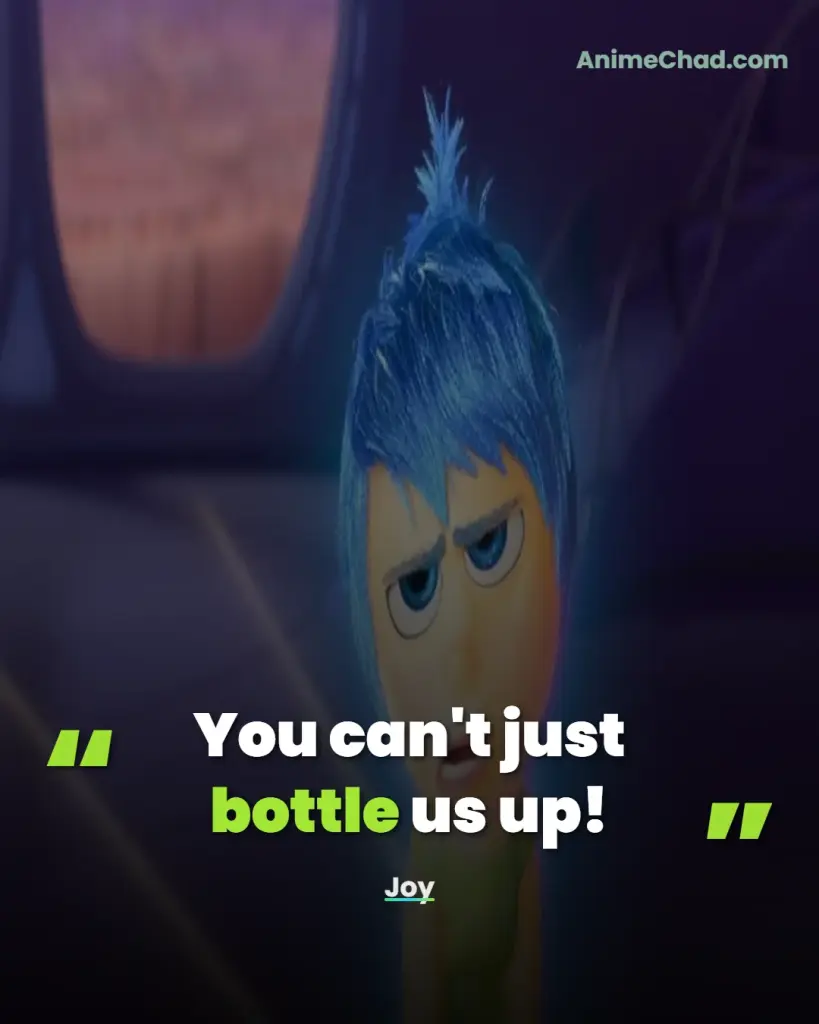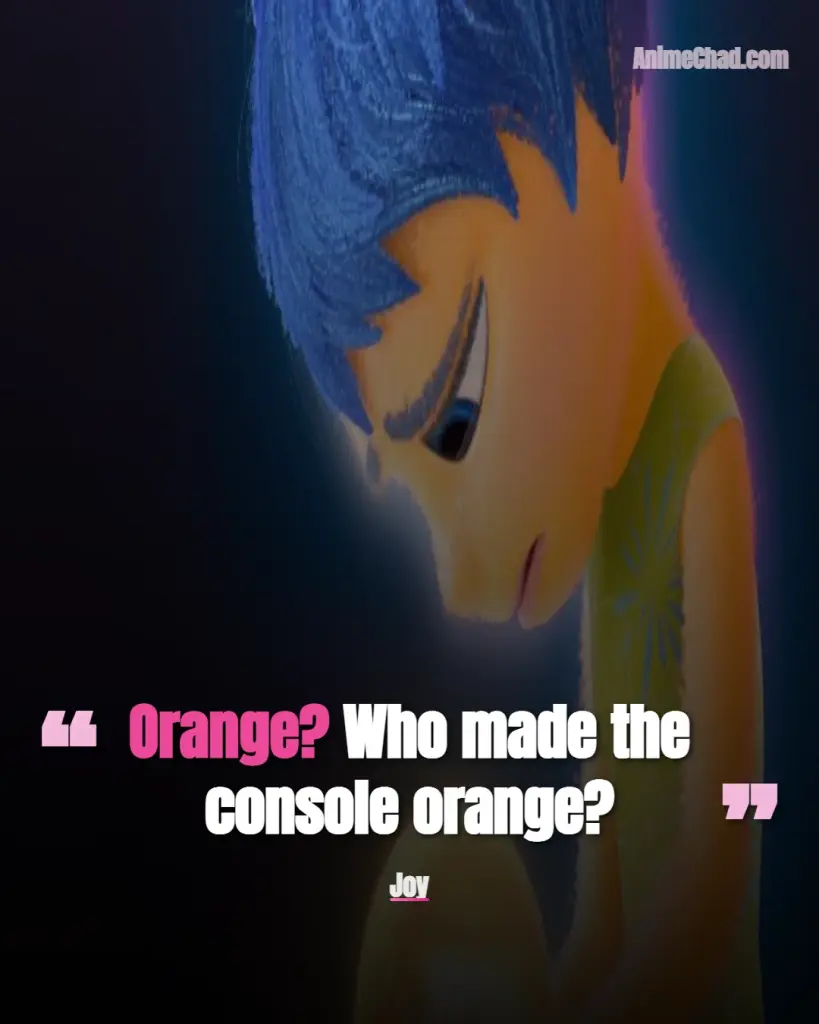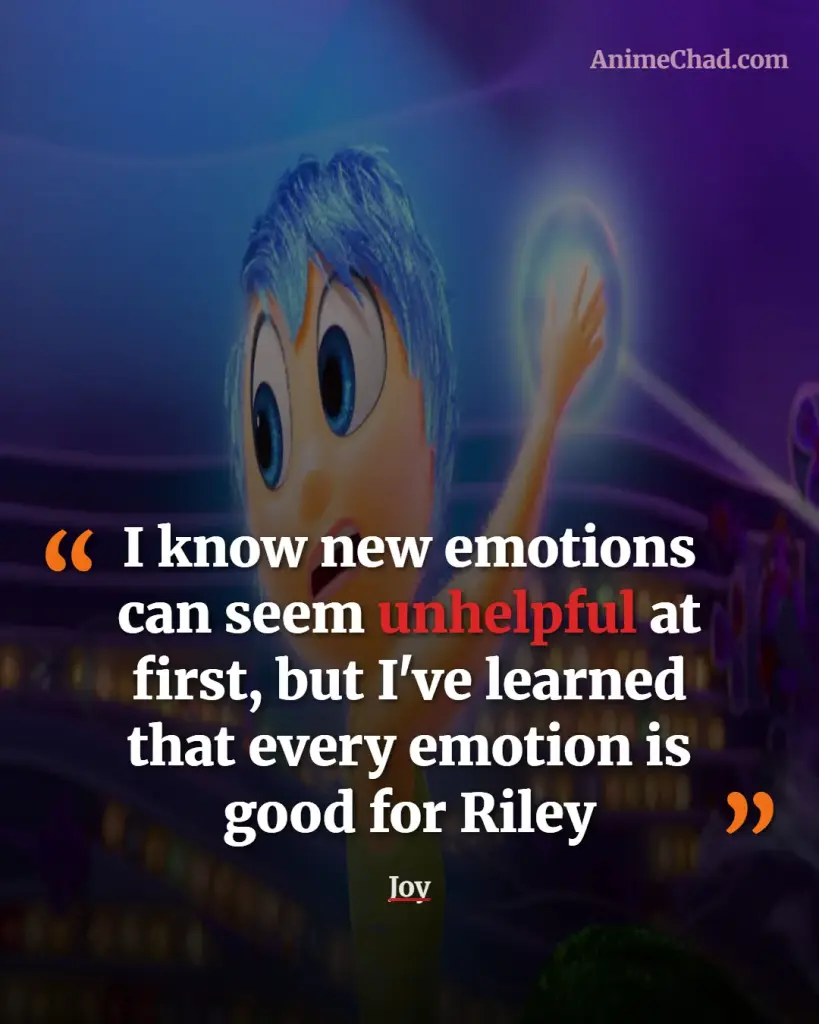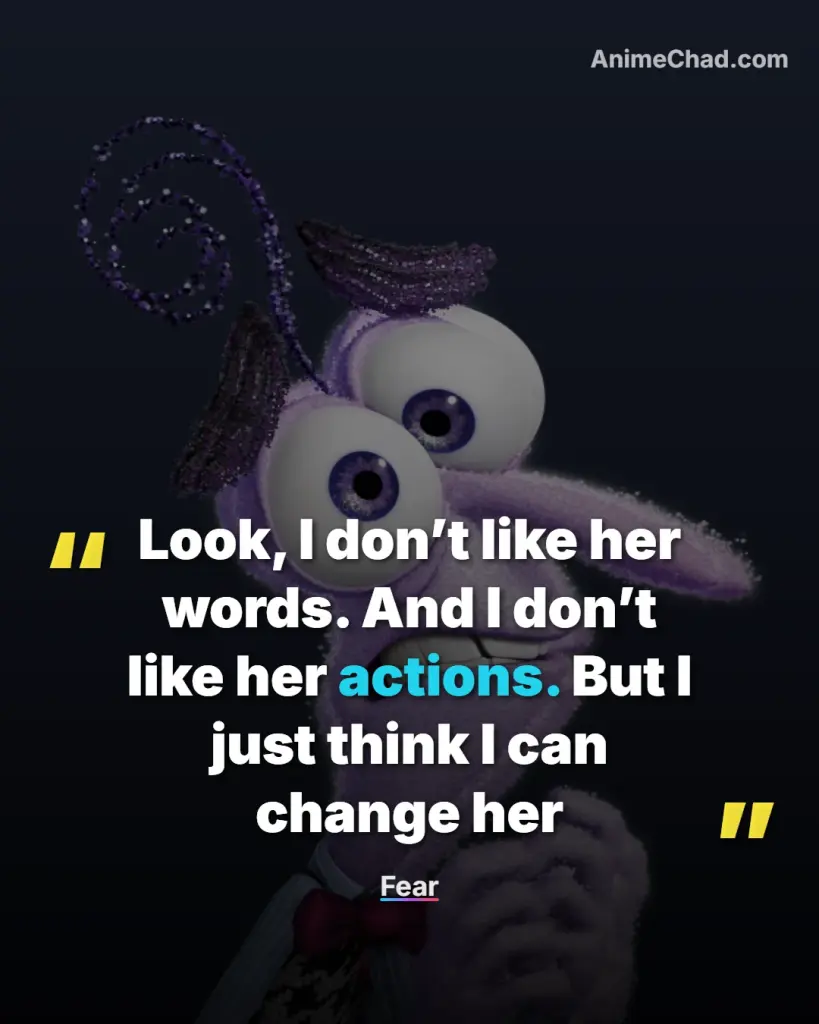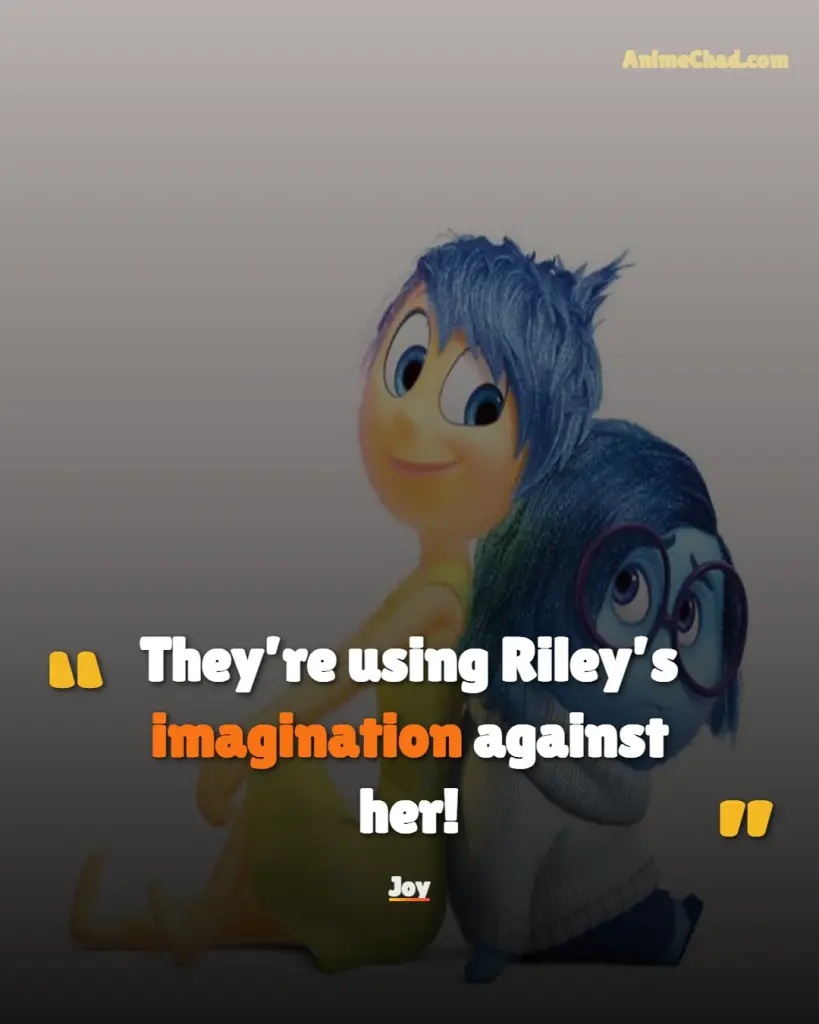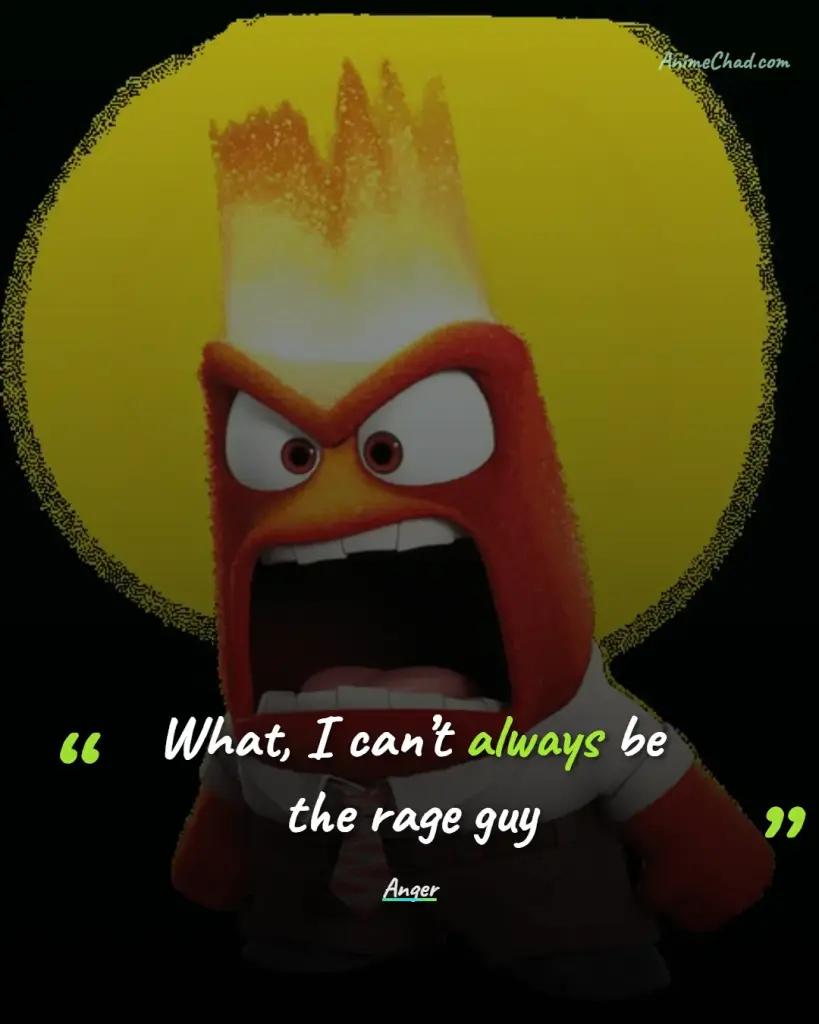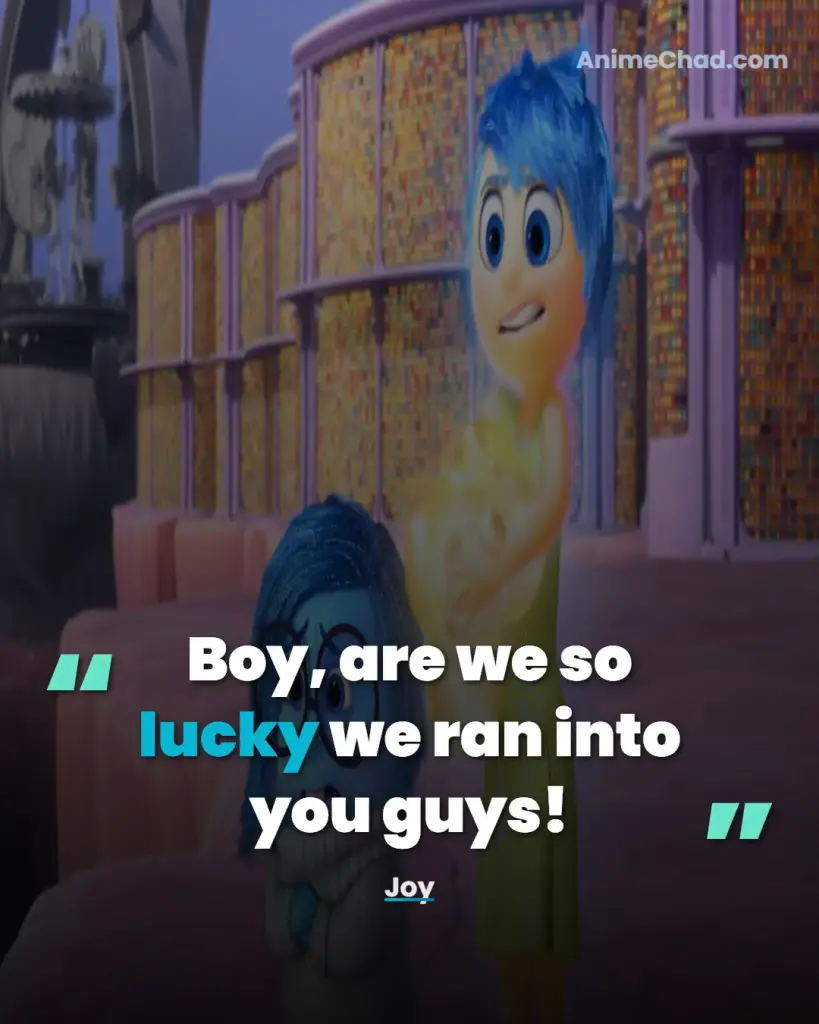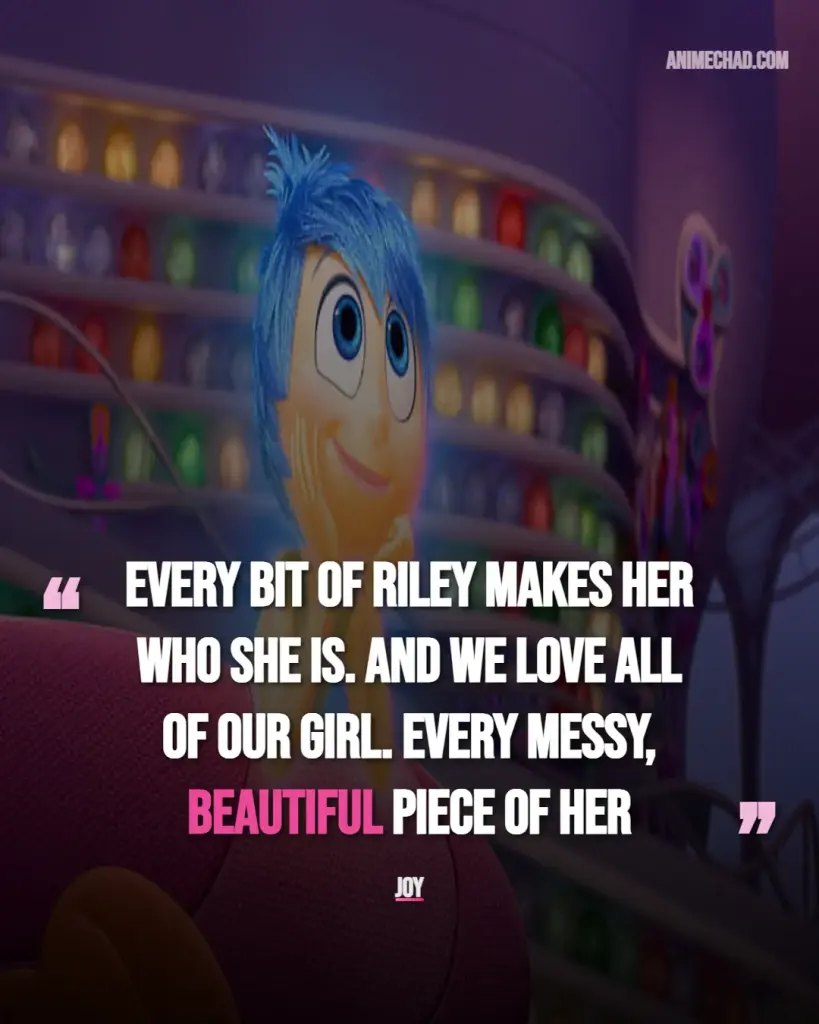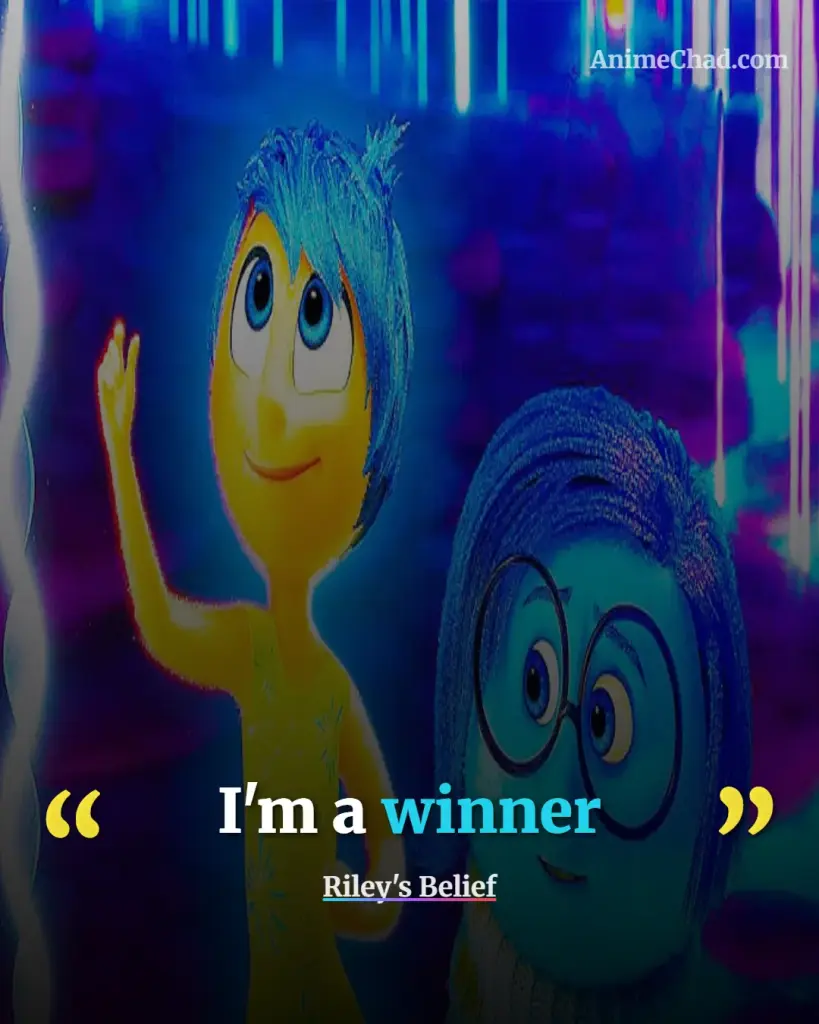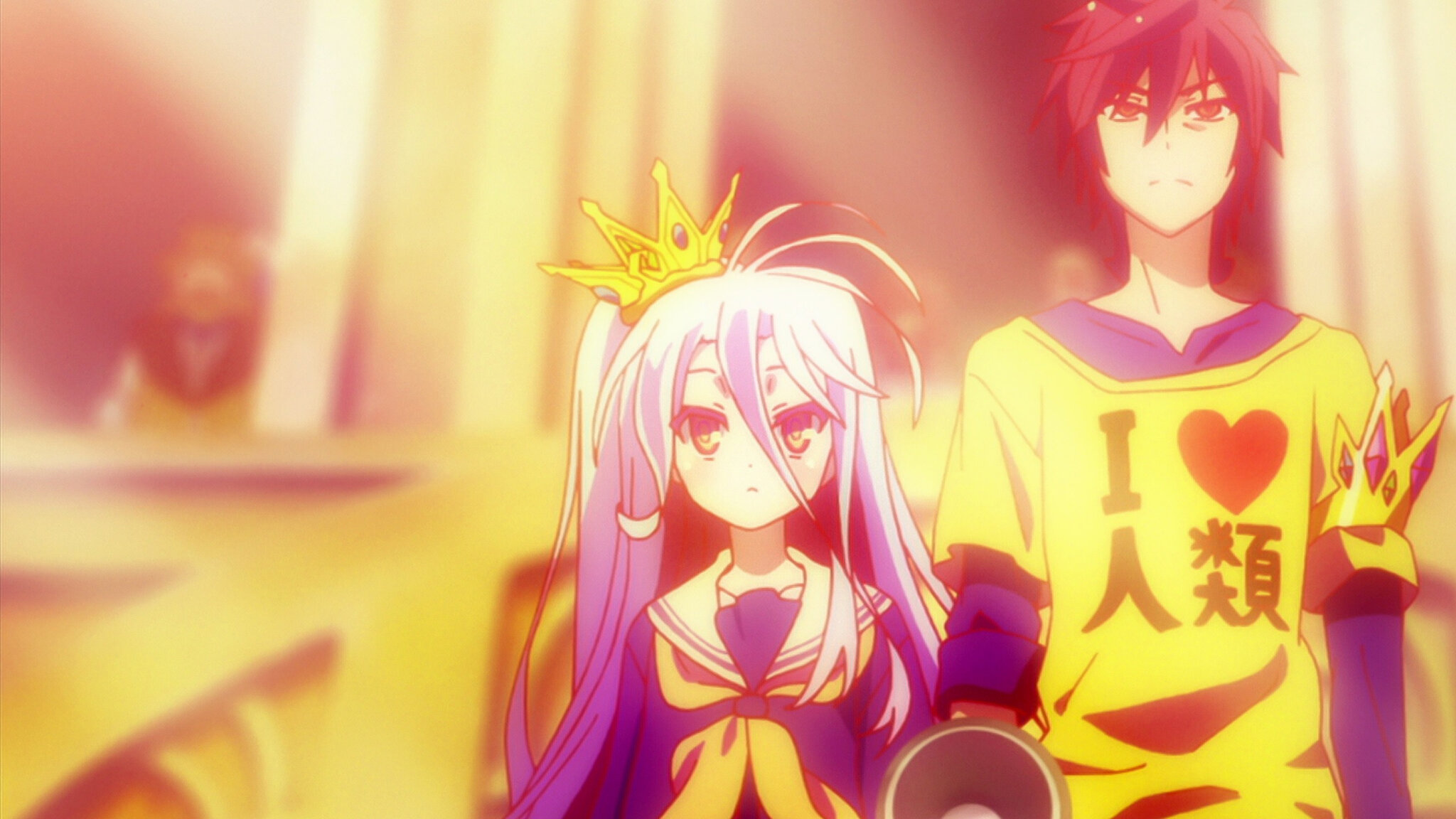Inside Out 2 continues the story of Riley Andersen, a young girl whose emotions personified in her mind help her navigate life’s changes, now facing the challenges of puberty and high school. The movie delves into themes of anxiety, self-identity, emotional balance, and the acceptance of complex feelings as one grows up.
This curated list of 25 quotes captures the film’s most poignant moments, showcasing character development, emotional impacts, and connections to broader themes like embracing all parts of oneself.
I don’t know how to stop Anxiety. Maybe we can’t. Maybe this is what happens when you grow up. You feel less joy
(Inside Out 2)
Joy
Joy’s defeated realization captures the pain of maturation, showing her growth in accepting diminished joy, tying to themes of emotional evolution.
I’ve learned that every emotion is good
(Inside Out 2)
Joy
This quote reflects Joy’s development in valuing all emotions, emphasizing the film’s theme that every feeling contributes to personal growth.
You have to score, Riley! Or this will all have been for nothing!
(Inside Out 2)
Anxiety
Anxiety’s high-pressure demand illustrates her protective yet overwhelming nature, highlighting themes of perfectionism and its emotional toll during adolescence.
I’m a good person
(Inside Out 2)
Riley
Riley’s affirmation of self-worth amid anxiety underscores her internal struggle, promoting themes of self-compassion and identity formation.
You don’t get to choose who Riley is. Anxiety, you need to let her go
(Inside Out 2)
Joy
Joy confronts Anxiety, symbolizing the need to release control, fostering character growth in understanding balanced emotions.
You made a lot of mistakes, a lot. And you will make a lot more in the future
(Inside Out 2)
Anger
Anger’s honest encouragement normalizes errors, aiding Riley’s resilience and tying to themes of learning from failures.
I’m not actually sure what she does. And I’ve checked; there’s no place for her to go. So, she’s good. We’re good. It’s all great
(Inside Out 2)
Joy
Joy’s optimistic dismissal of Sadness shows her initial denial, evolving into acceptance of all emotions’ roles.
Can I say the cursed word now?
(Inside Out 2)
Anger
This humorous line reveals Anger’s frustration, adding levity while exploring anger’s place in emotional harmony.
Where Can I Put My Stuff?
(Inside Out 2)
Anxiety
Anxiety’s arrival with baggage symbolizes how worries occupy mental space, connecting to themes of emotional overload.
My Job Is to Protect Her from the Scary Stuff
(Inside Out 2)
Anxiety
This explains Anxiety’s intent, humanizing her role in safeguarding against unseen threats, central to puberty’s uncertainties.
That Decision’s Not Gonna Haunt Us at All
(Inside Out 2)
Anxiety
Sarcastic overthinking highlights anxiety’s tendency to second-guess, impacting Riley’s decision-making and self-doubt.
Anxiety Would Have a Plan for That
(Inside Out 2)
Anxiety
Emphasizes over-preparation, showing Anxiety’s exhausting influence and the need for balance in planning.
Delusional?! Of course I’m delusional! Do you know how hard it is to stay positive all the time?
(Inside Out 2)
Joy
Joy’s outburst reveals her vulnerability, marking growth from forced positivity to authentic emotional expression.
We love all of our girl. Every messy, beautiful, piece of her
(Inside Out 2)
Joy
This affirming quote celebrates Riley’s complexity, reinforcing themes of unconditional self-love and acceptance.
You can’t just bottle us up!
(Inside Out 2)
Joy
Joy protests suppression, symbolizing the danger of ignoring core emotions, key to the film’s message on emotional integration.
Let’s play some HOCKEY!
(Inside Out 2)
Joy
Joy’s enthusiastic opener sets a joyful tone, contrasting later conflicts and highlighting her role in Riley’s happiness.
Orange? Who made the console orange?
(Inside Out 2)
Joy
Surprise at Anxiety’s influence shows disruption in Headquarters, tying to themes of change during growth.
I know new emotions can seem unhelpful at first, but I’ve learned that every emotion is good for Riley
(Inside Out 2)
Joy
Joy’s evolved perspective promotes emotional diversity, central to character development and acceptance.
Look, I don’t like her words. And I don’t like her actions. But I just think I can change her
(Inside Out 2)
Fear
Fear’s naive hope about Anxiety adds humor, while exploring adaptation to new emotions.
They’re using Riley’s imagination against her!
(Inside Out 2)
Joy
Highlights Anxiety’s manipulation of thoughts, emphasizing internal battles and the power of imagination.
What, I can’t always be the rage guy
(Inside Out 2)
Anger
Anger’s self-awareness shows depth beyond stereotypes, contributing to themes of multifaceted emotions.
Boy, are we so lucky we ran into you guys!
(Inside Out 2)
Joy
Joy’s positivity in crisis aids teamwork, illustrating her leadership and emotional support role.
Every bit of Riley makes her who she is. And we love all of our girl. Every messy, beautiful piece of her
(Inside Out 2)
Joy
Reinforces holistic self-acceptance, a poignant climax to Joy’s arc and the film’s core theme.
I’m too gross to go to camp ever again!
(Inside Out 2)
Embarrassment
Captures pubescent self-consciousness, adding relatability to new emotions’ impacts.
I’m a winner
(Inside Out 2)
Riley’s Belief
Represents positive self-belief, evolving under Anxiety’s influence to explore identity shifts.
